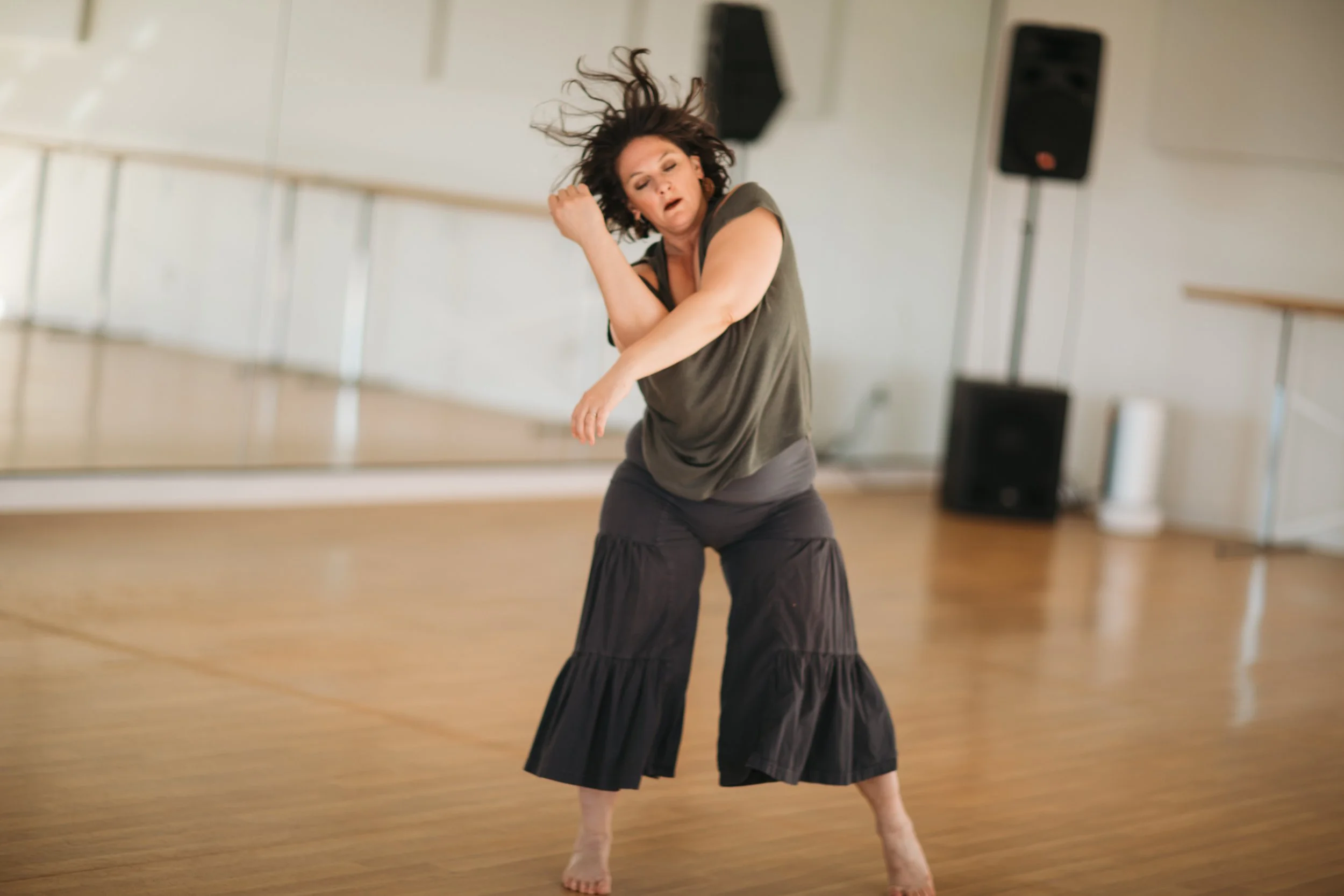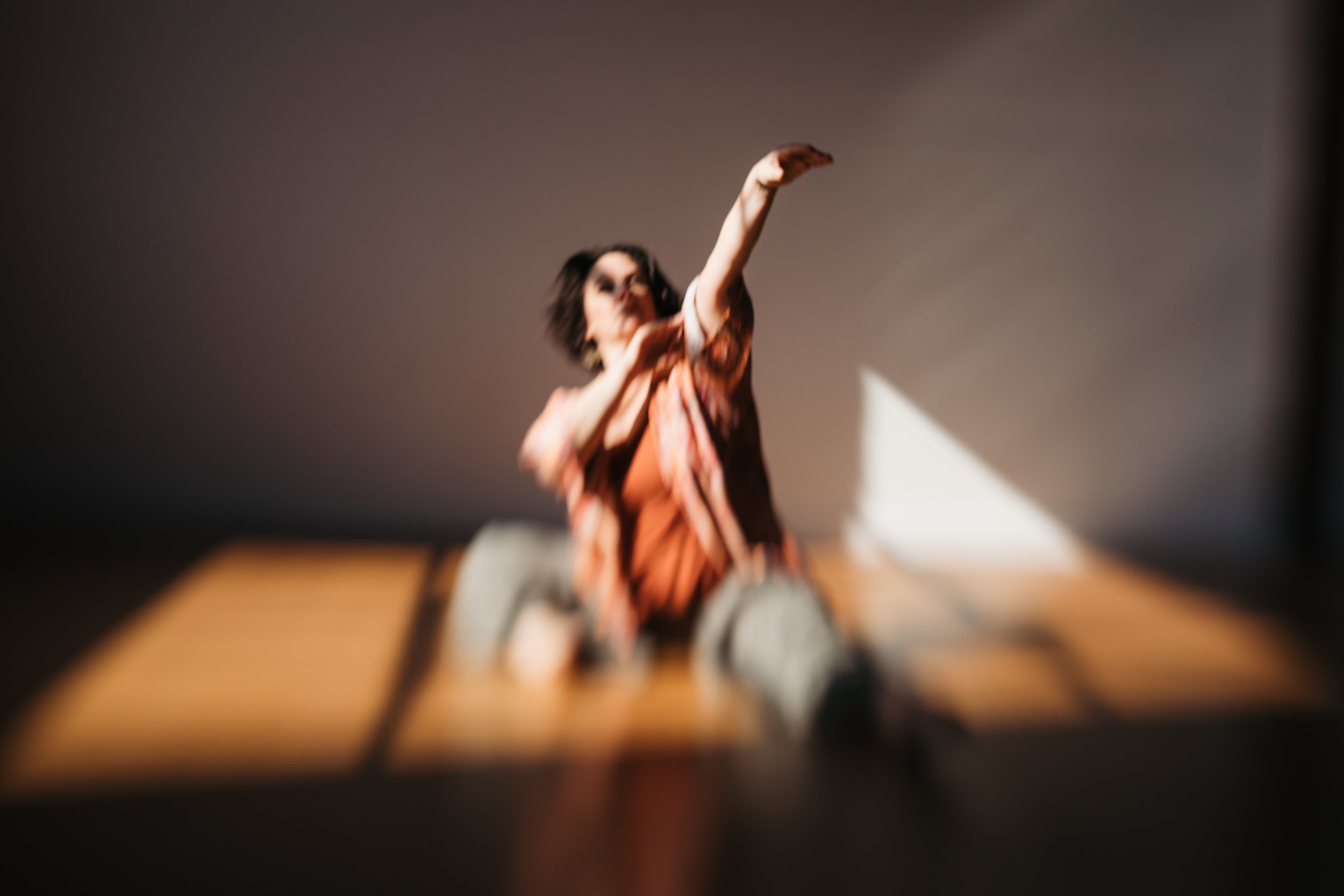
“Trauma is a fact of life. It does not, however, have to be a life sentence.”-Peter Levine
“It is the persistence of dance in helping people to resist, reduce, and escape stress since early humanity that attests to its efficacy”-Judith Lynne Hanna
-
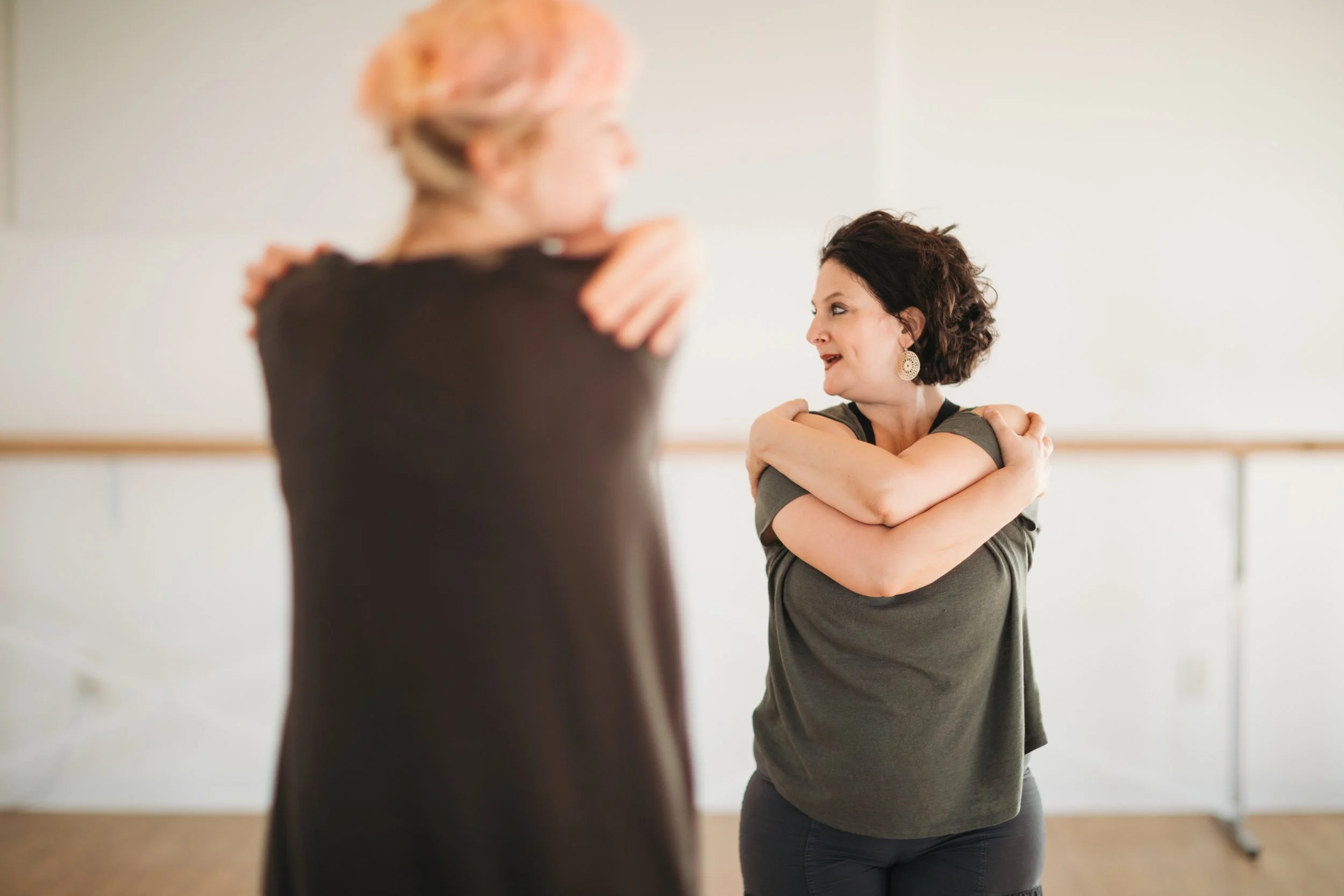
Body Based Psychotherapy and Functional Movement
Trauma impacts the body in ways that we are not always fully conscious of. The multi-dimensional language that the body speaks, reveals our despair, joys, and challenges through gestures, posture, sensation, breath, rhythm, movement, and patterns of tension and chronic pain. Using a neuroscience based and trauma informed approach, combined with a strong foundation in functional movement, somatic awareness, yoga, and dance, I can help you to decrease the distress and suffering associated with previous trauma, in order to create a life that is full of joy, authenticity, peace, and full embodied expression.
Functional movement, are typically movement sequences based upon repetitive, everyday movements. In order to prevent pain in the muscles and joints, performing everyday movement sequences with awareness encourages more body consciousness. Trauma oftentimes creates a disconnect from the body due to several reasons. The way trauma is encoded, involves our stress-response system, in which certain neuromuscular patterns occur which tense and tighten the muscles as an adaptive response in the moment In order to mobilize and escape threat. Overtime, these patterns can create chronic pain and compromise our primary stabilizers. the body needs to be stabilized. Trauma can inhibit one’s posture, fluidity of movement, muscle tone, and respiratory efficiency because of habitual responses encoded in the limbic system.
-
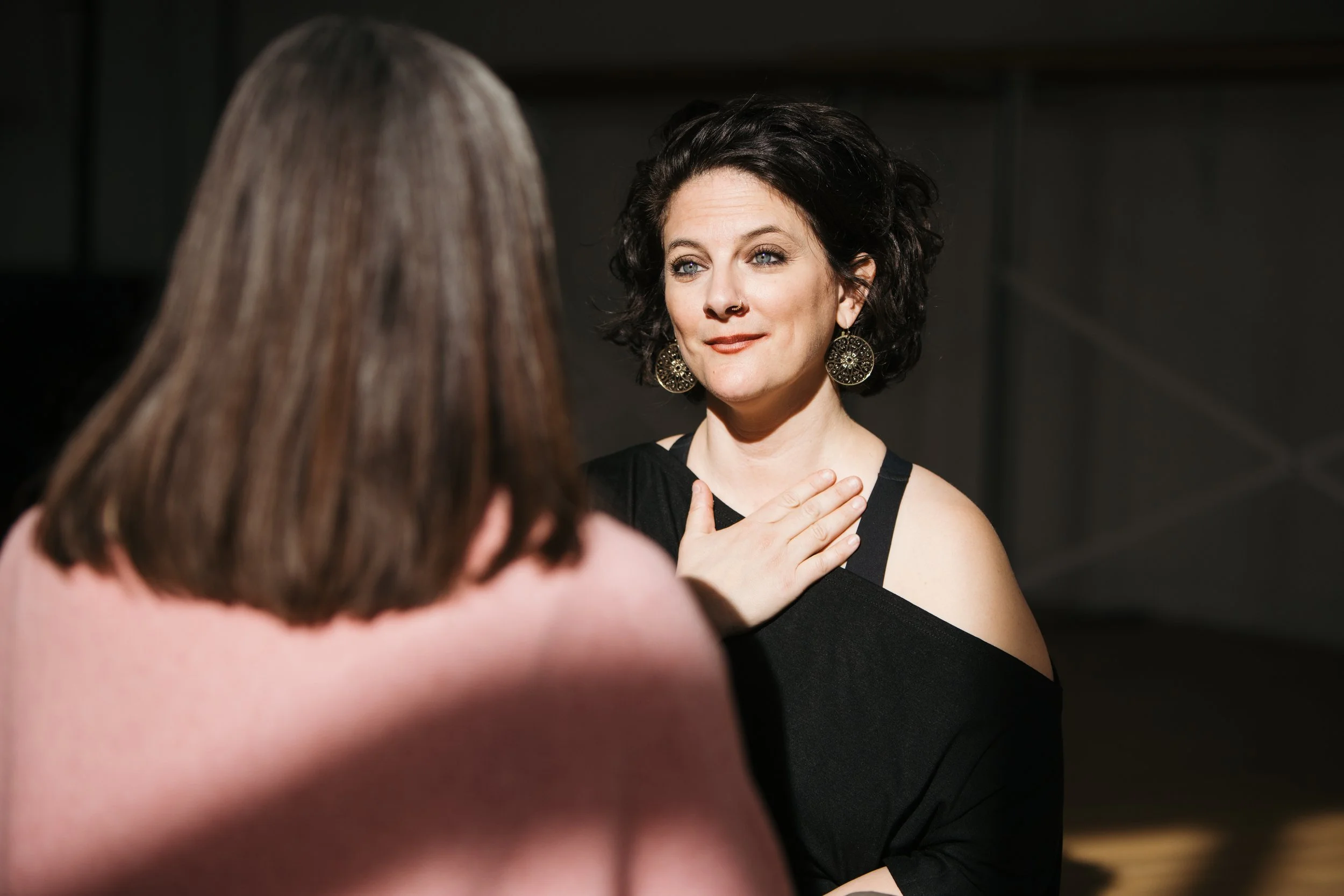
EMDR Therapy
“EMDR is a psychotherapy approach that employs an eight-phase model of treatment to address the full range of clinical complaints caused or exacerbated by prior negative experiences.”-Francine Shapiro, Florence W. Kaslow & Louise Maxfield
EMDR (Eye Movement Desensitization Reprocessing) uses one’s own body bilaterally, in various rhythmic and repetitive movements, while being witnessed, and in the presence of an attuned and compassionate therapist. This process targets distressing memories associated with past traumas.
In preparation, I will guide you through many movement, breath, creative, and meditative practices to help you to stay present and grounded throughout the reprocessing phase. Recalling traumatic memories can cause activation of the sympathetic nervous system, as well as a sense of destabilization. Having personal practices that can support you during this journey will ensure you remain stable and aware. I will then facilitate a process using bilateral stimulation either with tactile buzzers, or with your body’s own bilateral movement gestures or sequences while you recall the traumatic memory or memories. This eventually leads to adaptive processing of the traumatic material and embodied integration of the past, so that you can live more consciously in the present and maintain a sense of peace and far less stress. We can all use that, right?
EMDR isn’t about discussing in detail about traumatic events. The goal is to change the habitual emotions, thoughts, sensations, and behaviors that result from traumatic or relationally traumatic events. Reprocessing traumatic memories, helps to repair the “mental injury” caused by trauma. The outcome is full integration of the memory and decreased distress associated with it. There is a decrease in feelings of stress, shame, and overwhelm, as well as improved nervous system variability. When experiences are integrated, meaning and quality of life is improved.
-
Dance Movement Therapy
The American Dance Therapy Association defines dance movement therapy as “the psychotherapeutic use of movement to promote emotional, social, cognitive, and physical integration of the individual , for the purpose of improving health and well-being”(ADTA).
All bodies tell a story, and movement is the language. Dance movement therapy is both an assessment tool and intervention. The belief is that everything that affects the mood and mind, will affect the body and vice versa. Our bodies and minds are an interdependent system of dynamic sensations, breath patterns, muscular activation patterns, rhythms, thoughts, cycles, and emotional seasons. Using movement, dance, body awareness, and play, we can shed light on the gifts and wisdom of our life experiences. We can rediscover our strength, authenticity, and fluidity of body. Movement is powerful medicine that offers alternative solutions to common stressors as well as incredibly traumatic events.
-
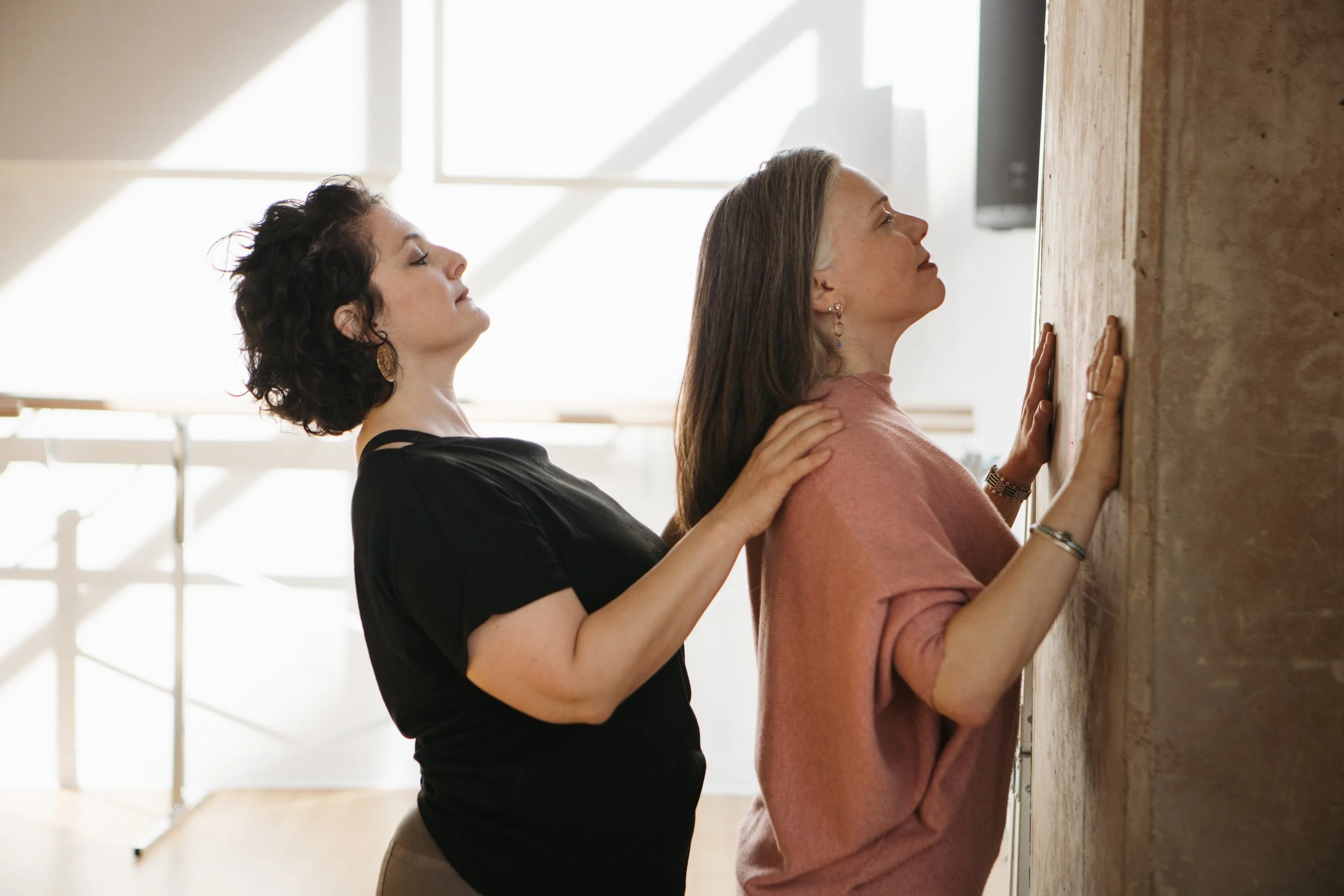
Yoga Therapy and Lifestyle Medicine
"Yoga therapy is the process of empowering individuals to progress toward improved health and well being through the application of the teachings and practices of yoga."
-The International Association of Yoga Therapists
Yoga, as both a therapeutic and recreational modality has numerous benefits for both mental and physical health including improved strength, greater body awareness, enhanced feelings of physical and mental stability, emotional regulation, and nervous system variability. Through the application of asana ( yoga postures), pranayama (breath work), and meditation, yoga can foster multi-layered changes in the body beginning with the central nervous system. Yoga therapy recognizes that human beings are multidimensional and are affected by physical, emotional, mental, spiritual, and environmental changes. Some of the goals of yoga therapy can be, but are not limited to:
Improving body awareness
Reducing and manage symptoms that contribute to poor mental health.
Strengthening the pre-frontal cortex
Reducing inflammation, improve digestion, regulate blood pressure, improve balance, gait, and coordination.
Preventing a decline in health
Increasing muscle strength and flexibility
Improve sleep and relaxation
Enhance interpersonal relationships
Strengthening a connection to the Divine
Yoga therapy is a customized application of yoga teachings and practices that provide an integrative approach toward mental and physical well-being. Using yoga techniques such as meditation, breath-work, postural analysis, movement, spiritual teachings, and seasonal alignment, and the exploration of daily routines and lifestyle habits, we will co-design a plan of care designed to meet your individual treatment goals and needs. Both Yoga and Ayurveda can be paired and integrated into any plan of care you are currently undergoing.
-
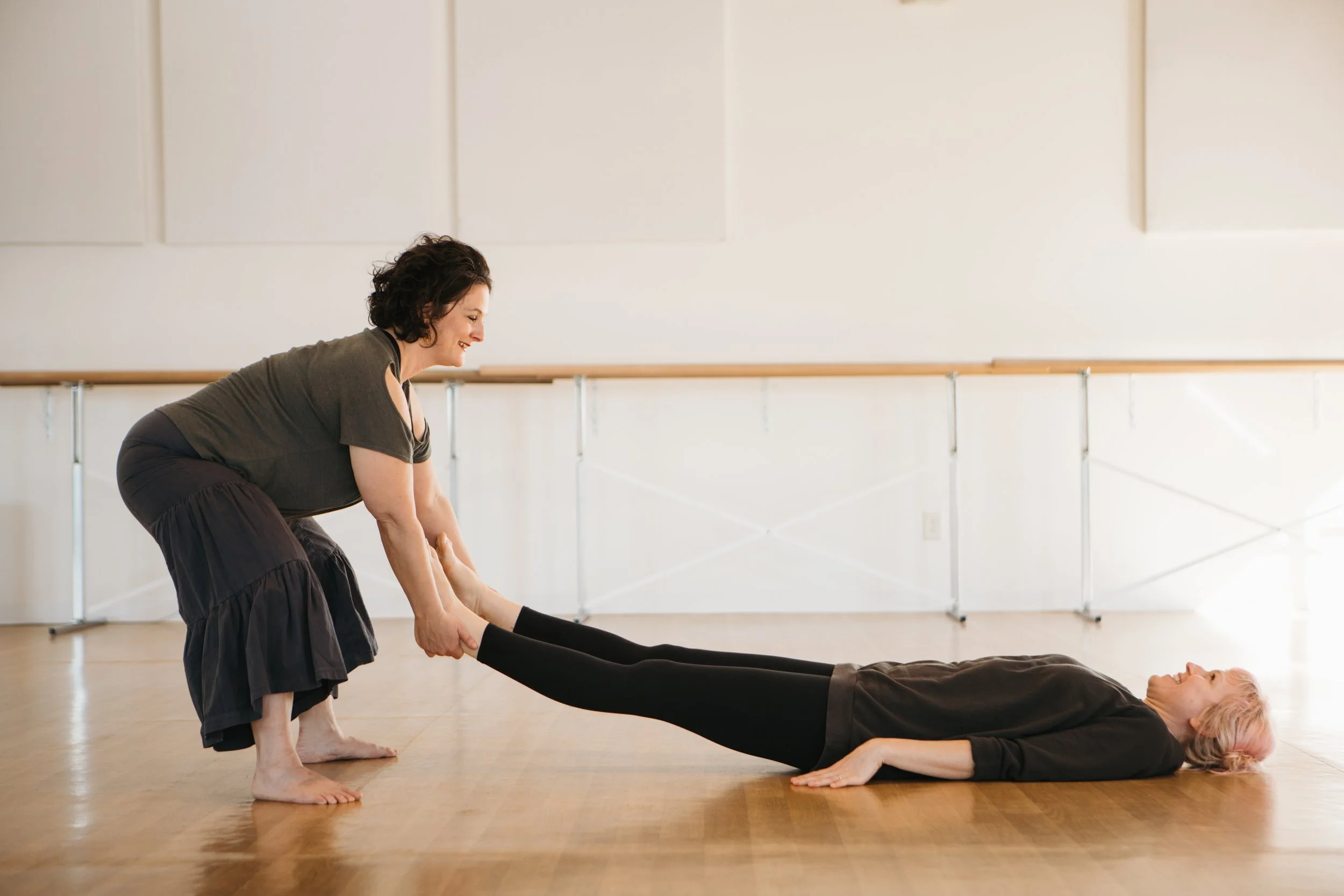
Thai Yoga Massage and Yin Yoga
Every time we experience fear, hypervigilance, or stressful arousal, in addition to psycho-emotional responses, there are physicalized sensory based musculoskeletal patterns that are subtle and harder to be aware of. Since the body responds to situations, many of these patterns are trapped in the fascia or connective muscle tissue. The body has learned them via repetition and exposure to threatening environments.
This treatment modality utilizes a combination of assisted stretching, guided visualization, somatic tracking techniques, and therapeutically supported yin postures. Focus is placed on present moment somatic-sensory tracking which you will learn in session. Surviving a traumatic event or events can leave an imprint. It can decrease a person’s ability to tolerate distress. This practice is designed to expand and widen your ability to tolerate present and future sensations, feelings, emotions, states of mind, stressors, challenges, and adverse life experiences, without becoming destabilized or dissociated. Rewriting our somatic narratives can disentangle us from disempowering self-beliefs. Staying present, mindful, stable, trusting of, and connected to the body is essential to full embodied living.
I use therapeutic yoga props to support in yin postures which are held 3-5 minutes so that held tension can soften.
Touch is used to assist you in stretching and releasing the connective muscle tissue. This does not include traditional palpation techniques used by massage therapists.
Everything takes place on the floor.
You must be comfortably dressed,
You must inform me of any health or medical conditions in which bodywork would be contraindicated. It is your responsibility to receive clearance from your healthcare provider in order to participate.
*If you are a current psychotherapy client, you may not obtain this service concurrently, as these are two separate scopes of practice.
-

Clinical Supervision and Consultation
I am delighted to be able to I offer discounted supervision rates for LMSW’s seeking clinical supervision towards full licensure in the state of Georgia. I have supervised many interns and associate licensed individuals over the years. Supervision has been a truly meaningful experience, as well as an immense privilege.
If you are looking to specialize in somatic psychotherapy, neuropsychotherapy, or are curious about how to integrate modalities such as yoga and meditation with a strong foundation in evidenced based practice, please reach out.
I am available for individual or group supervision, as well as consultation for agencies curious about integrating movement, yoga, and creative expression into their clinical program. I am available for lectures, group yoga/meditation classes, and CEU courses pending approval.
